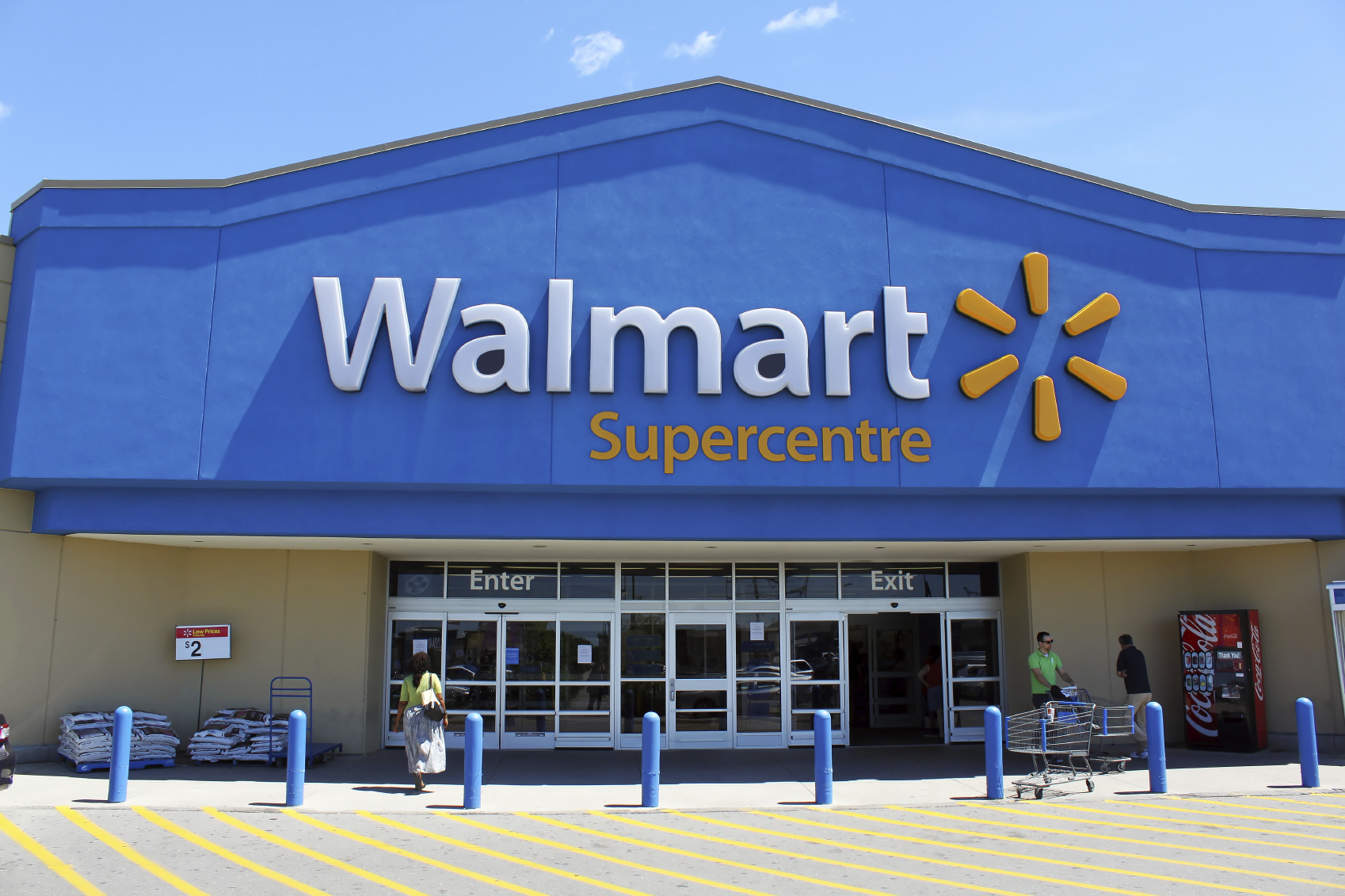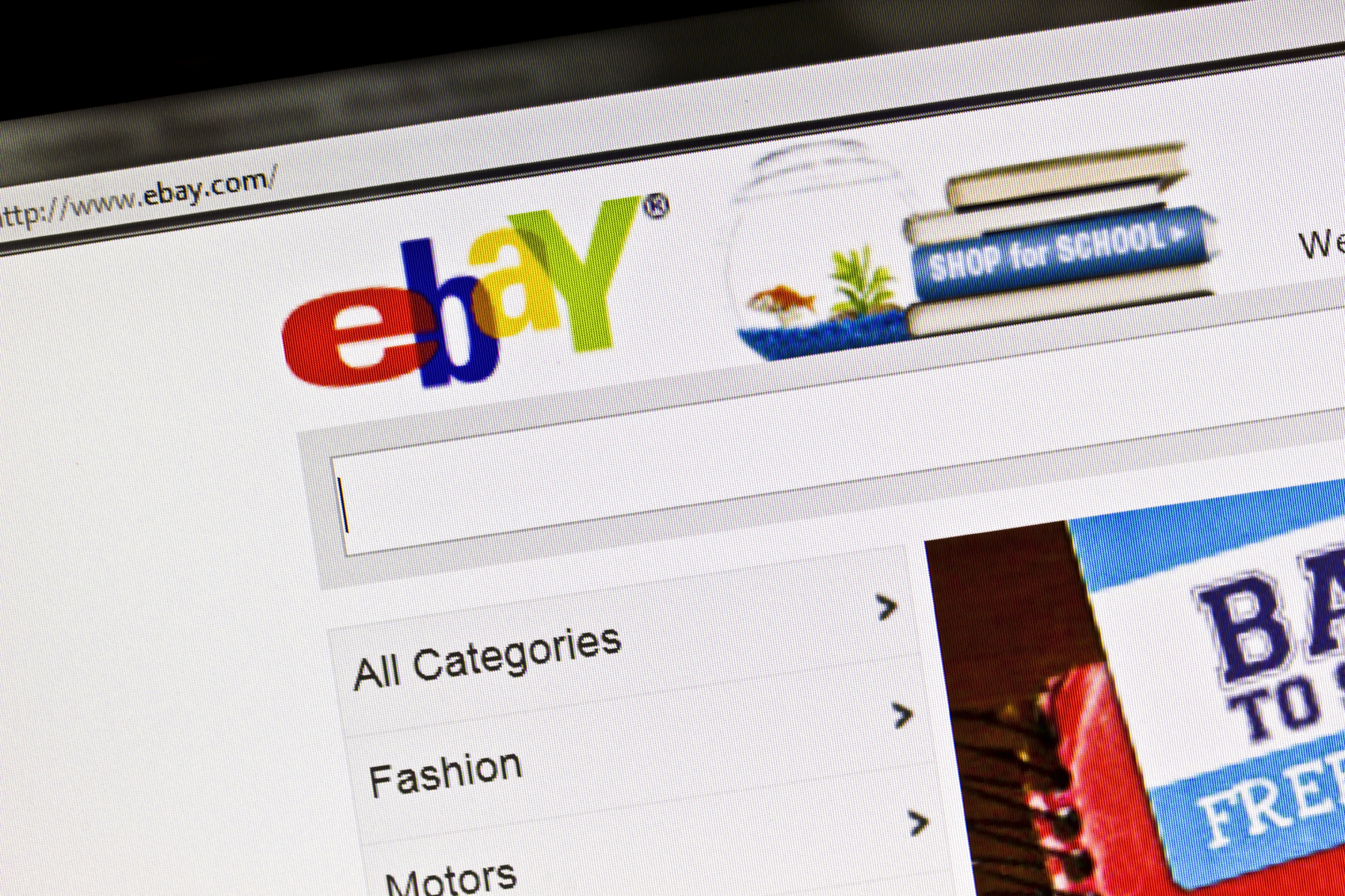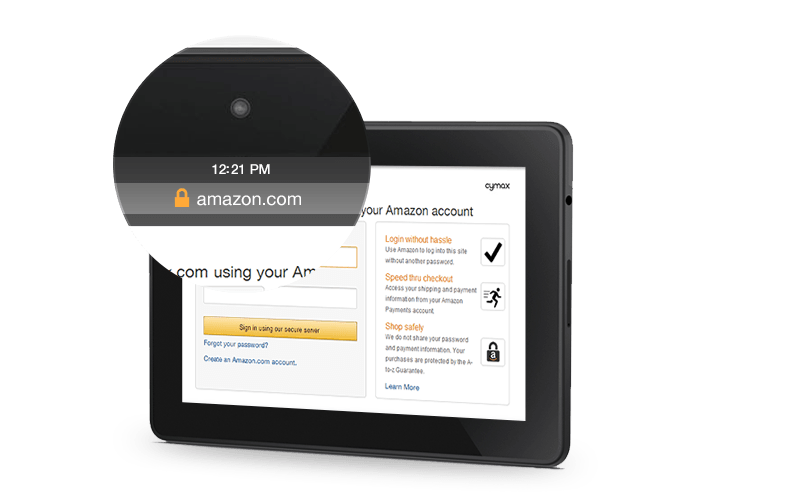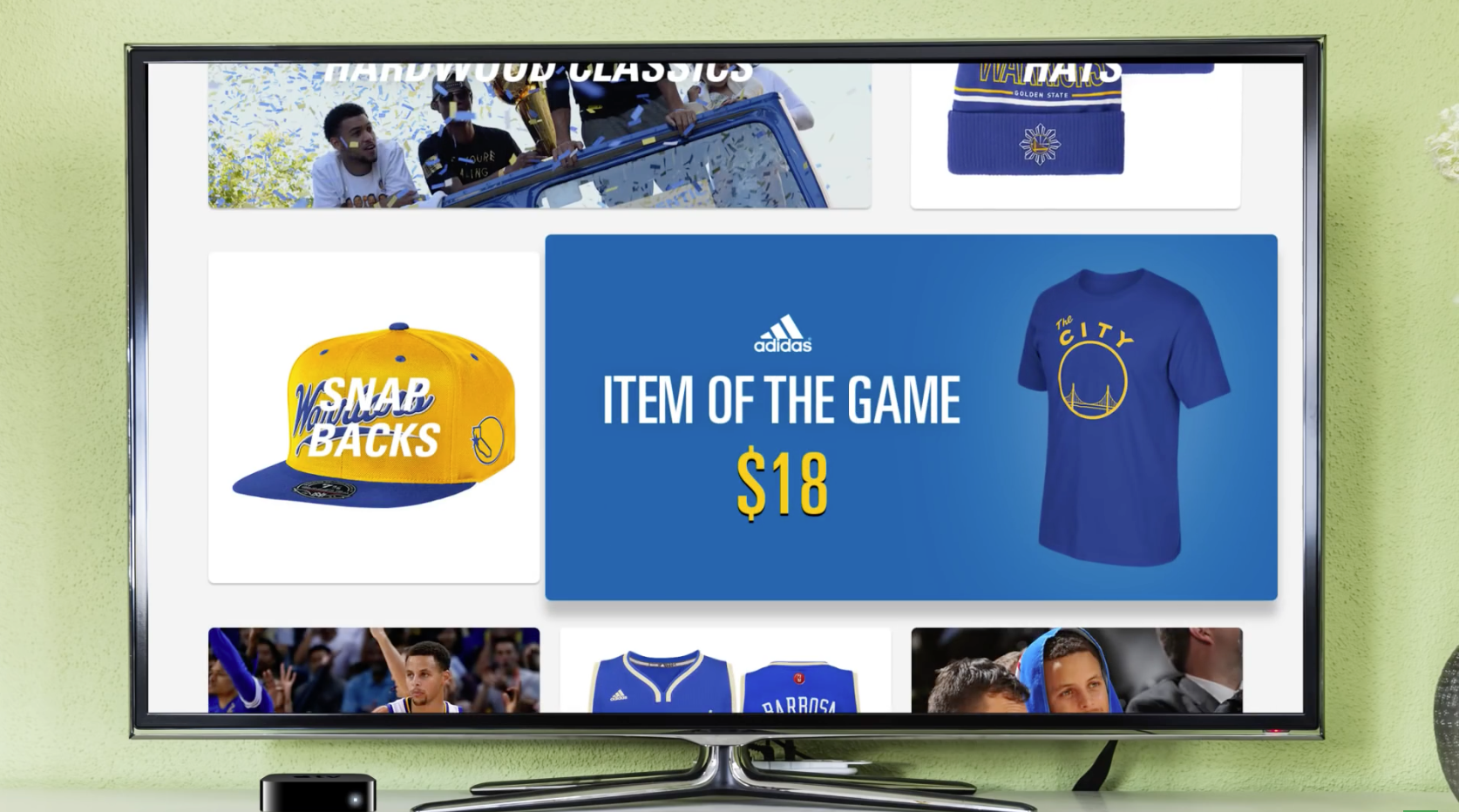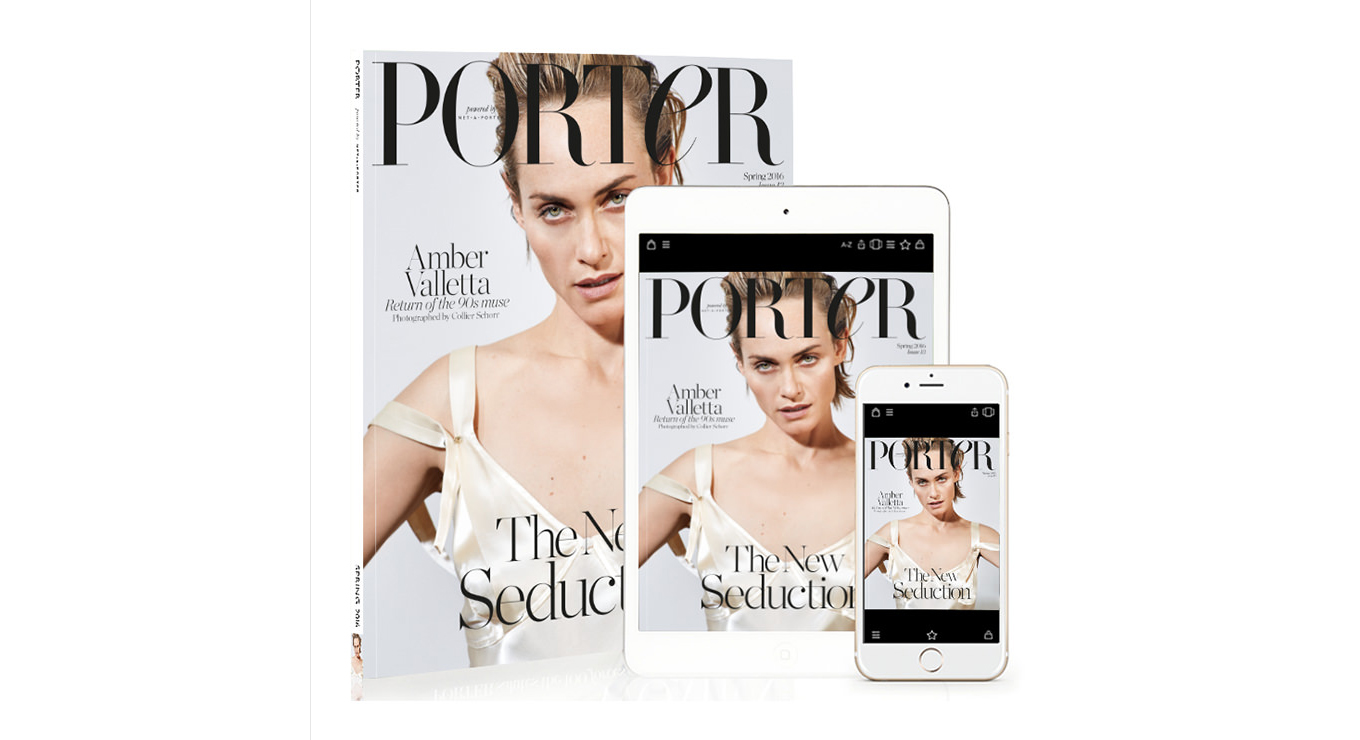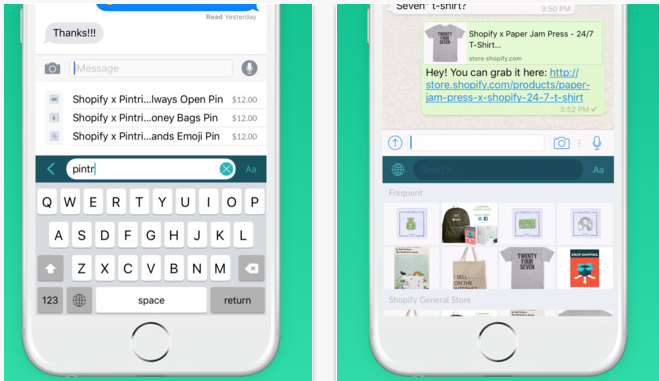What Happened
Walmart is partnering with Uber and Lyft to test an on-demand grocery delivery service beginning within the next two weeks in Denver and Phoenix. Walmart will charge a $7 to $10 delivery fee when online orders are placed so customers don’t need to pay the Uber or Lyft drivers when their orders arrive. This new services puts Walmart in direct competition with Amazon, which offers similar services via Prime Now and AmazonFresh.
What Retailers Need To Do
Walmart has been taking measures to modernize its online retail experience in order to effectively compete with Amazon, including launching a mobile payment app in December and testing an online order pickup program. This new move marks a significant step in Walmart’s ecommerce expansion as the partnership with two leading ride-hailing services gives it a huge logistical boost to fight against Amazon. Retailers need to take a cue from the two retail giants and start testing similar on-demand programs to meet the growing consumer demand for convenience and instant gratification.
To learn more on what retailers can do to reach today’s connected shoppers across sales channels, check out the Boundless Retail section in our Outlook 2016.
Source: The Verge
